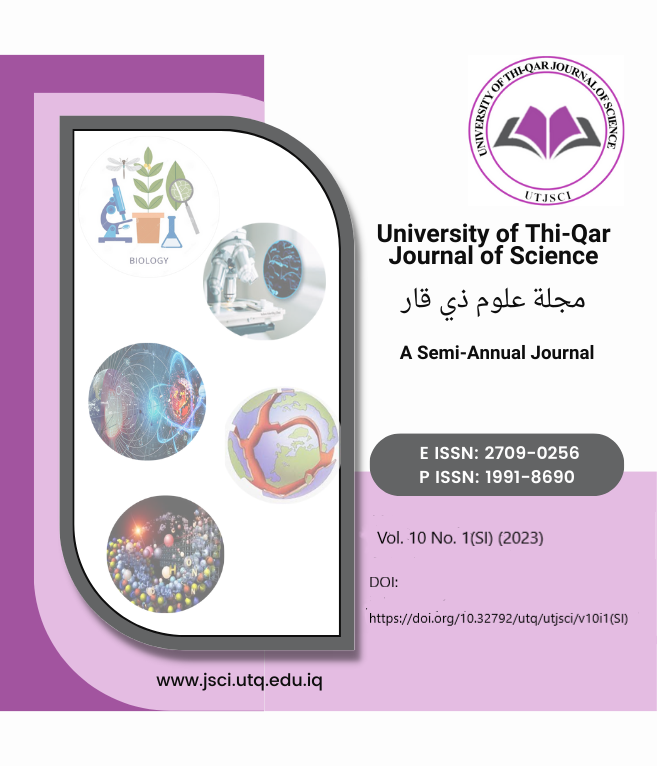Descriptive statistical study of the most important possible causes of obstetric and postpartum hemorrhage in Thi-Qar province
DOI:
https://doi.org/10.32792/utq/utjsci/v10i1(SI).994Keywords:
component, formatting, style, styling, insertAbstract
The aim of the study is to describe and analyze the most important causes that lead to postpartum hemorrhage. This research was carried out at The Bent al-Huda Hospital for Maternity and Children's Hospital in Nasiriyah, where the study included (63) cases of women with postpartum hemorrhage from the reviews of the hospital for the period from February 2020 to December 2020 as shown in the hospital records, and collected information for the study through a simple questionnaire, including information: age of women, place of residence, place of birth, type of birth and causes of hemorrhage. Age groups between (40-44) accounted for (22?), (35-39), which are the highest age groups at risk of postpartum hemorrhage. The most frequent deliveries take place in the hospital, because natural or cesarean deliveries increase in this percentage. The results of the current study also show that there is no difference between natural childbirth and caesarean section with the occurrence of postpartum hemorrhage , that the condition of non-constriction of the uterus (inertia of uterus) constitutes (30%) and is considered the highest percentage among the causes of hemorrhage after birth, and then the causes such as the remnants of part of the placenta and the frequency of caesarean section by (16%), the use of accelerated medicines for childbirth and by percentage (14%) while the other causes came in low rates of cases postpartum hemorrhage.
Downloads
Published
Issue
Section
License
Copyright (c) 2023 University of Thi-Qar Journal of Science

This work is licensed under a Creative Commons Attribution 4.0 International License.













